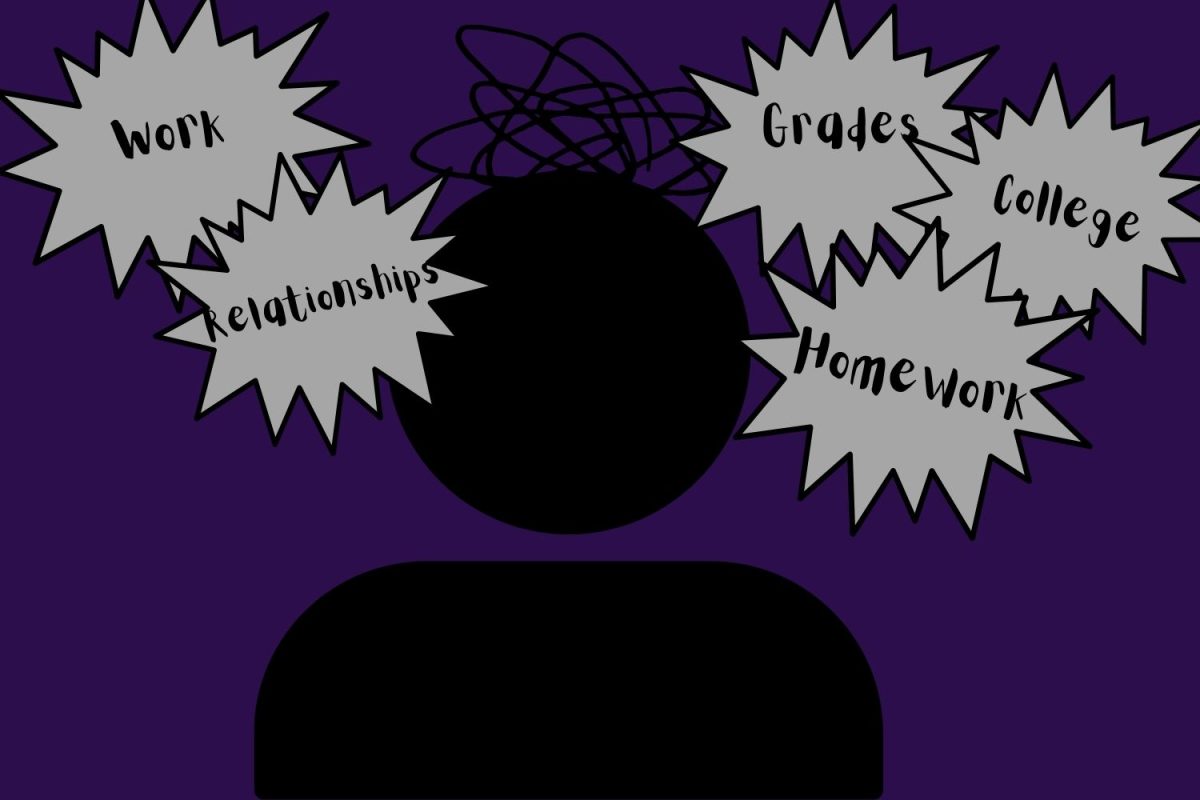I drove home from choir rehearsal one Monday night. I had just picked up something on the way and headed out of town on Highway 87 going north to Amarillo. I had developed a habit of accelerating to highway speed from within the 55 mph zone since after-school traffic usually goes that fast. On this night, a Canyon police officer parked in a patch of grass just before an exit. By the time I knew he was there, I passed him by, and he already clocked me.
His headlights flashed on before he pulled onto the road, letting me know he had me in his sights. The flashing lights atop his car just confirmed what I already knew—he had caught me speeding and I had no way to hide it. He took up my license and insurance to run them through his scanner and called for a second car when his didn’t work (which terrified me for a few minutes—“Why does he need backup for a speeder?” I thought). The ticket listed the details of the citation, including a date by which I had to appear in municipal court. I don’t consider myself a bad driver, but what I thought allowed me to think I could get away with it this one time.
Safe driving starts in the mind. Drivers need to remain aware of their surroundings—other drivers, traffic signs, lights. No driver can ever guarantee complete safety while on the same roads as many strangers, but all should still take any opportunity to increase their chances of safe arrival. When someone drives, he or she controls a vehicle that can either be a modern convenience or a lethal weapon. Any impairment or lapse of judgment can change a vehicle’s use at any given moment. Every driver makes a conscious choice to hamper their abilities with aggressive driving, cell phone use or other dangerous habits.
Drivers need to see to know what happens around them. Cell phone use while driving causes some crashes, but not all. According to the Allstate Foundation, 80 percent of wrecks happen within three seconds of a driver taking his/her attention off the road. One text blinds a driver to the road for an average of five seconds, and the driver has the same control as if he/she just had four beers.
Some teenagers have it in their minds they won’t harm themselves or others with a little “fun” or aggressive driving—or in my case, just because most drivers speed somewhere doesn’t make it okay all the time. Allstate also reported 34 percent of car crash fatalities among teenagers involved speeding. Selfish driving affects more than just the driver at fault. Car wrecks kill more Americans ages 1 through 34 than any other cause of death, drivers and passengers.
Anything can happen out on the road. It is sometimes difficult to coordinate traffic with several other strangers at any one time, but traffic laws exist so cooperation is possible and mandated. The most important thing to remember is to drive as though someone else is also there even with no one else around. Develop a mindset to remain alert to everything and be prepared for anything. I’ll remember that as I take defensive driving within the next three months to keep the charge off my record.







